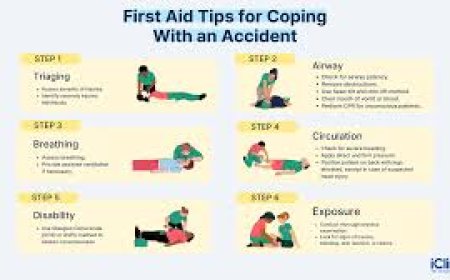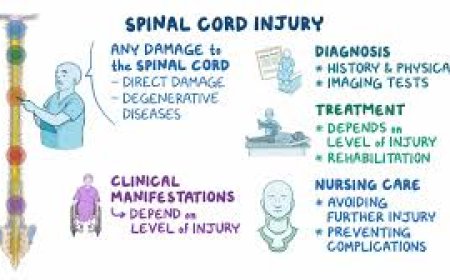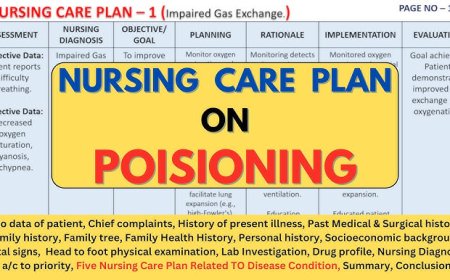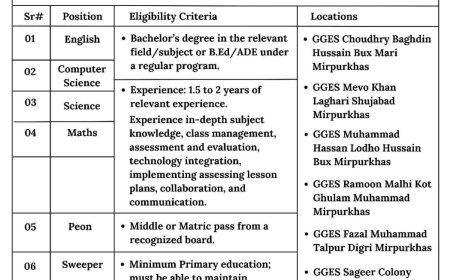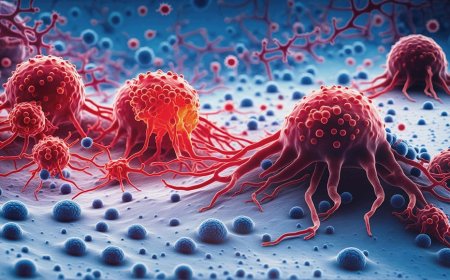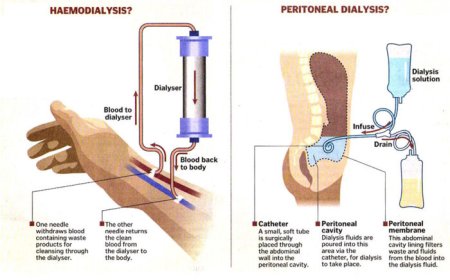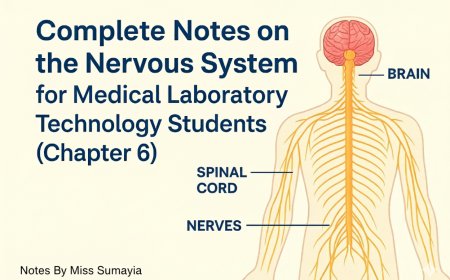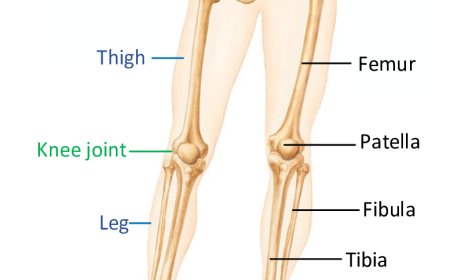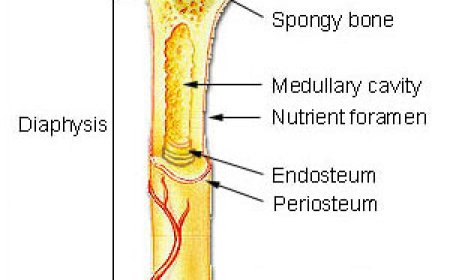The -anatomy- of- the-ribs
Ribs are curved bones that form the protective cage around the chest, supporting the lungs and heart. They come in three types: true ribs, false ribs, and floating ribs, each with varying levels of attachment to the sternum.
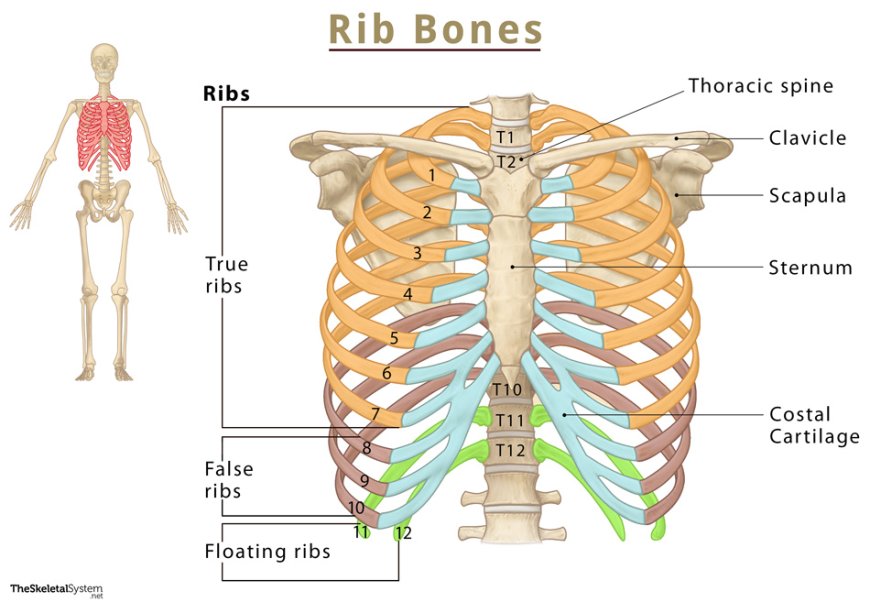
Ribs protect vital organs like the heart and lungs.
1. General Overview of the Ribs:
-
Total Number: There are 12 pairs of ribs in the human body.
-
Location: They are part of the thoracic skeleton, located in the upper body.
-
Articulation: Ribs attach to the thoracic vertebrae in the spine at the back and, for most, to the sternum at the front via cartilage (costal cartilage).
2. Classification of Ribs:
-
True Ribs (1–7): The first seven pairs are called "true ribs." They are directly connected to the sternum by their own costal cartilage.
-
False Ribs (8–10): The next three pairs (8–10) are "false ribs." They don't connect directly to the sternum but instead connect to the costal cartilage of the rib above them.
-
Floating Ribs (11–12): The last two pairs (11 and 12) are "floating ribs." They don't have any anterior (front) attachment to the sternum or cartilage.
3. Anatomical Parts of a Rib:
-
Head: The head of the rib is the rounded end that articulates with the thoracic vertebrae. Each rib has two facets (superior and inferior) to articulate with the bodies of two adjacent vertebrae.
-
Neck: The neck connects the head of the rib to the body of the rib.
-
Tubercle: The tubercle is a small bump on the posterior side of the rib, where it articulates with the transverse process of the vertebra.
-
Body (Shaft): This is the long, curved portion of the rib that extends from the tubercle toward the anterior part of the body. It is somewhat flat and curved, making the rib capable of absorbing impacts.
-
Costal Cartilage: This is the cartilage that connects the ribs to the sternum. It is flexible and allows for the movement of the rib cage during breathing.
-
Costal Groove: This groove runs along the inferior margin of the rib, housing nerves and blood vessels.
4. Functions of the Ribs:
-
Protection: The ribs form a protective cage around vital organs, such as the heart, lungs, and large blood vessels.
-
Breathing: The ribs play a key role in the mechanics of breathing. The intercostal muscles between the ribs help expand and contract the rib cage as you inhale and exhale.
-
Support: They provide structural support to the upper body, particularly during posture maintenance and movement.
5. Common Injuries:
-
Rib Fractures: These can occur from trauma, such as a fall, a car accident, or a direct blow to the chest. Rib fractures can cause significant pain, especially with breathing or coughing.
-
Costochondritis: Inflammation of the cartilage where the ribs meet the sternum (costal cartilage), often leading to chest pain.
What's Your Reaction?
 Like
0
Like
0
 Dislike
0
Dislike
0
 Love
0
Love
0
 Funny
0
Funny
0
 Angry
0
Angry
0
 Sad
0
Sad
0
 Wow
0
Wow
0
